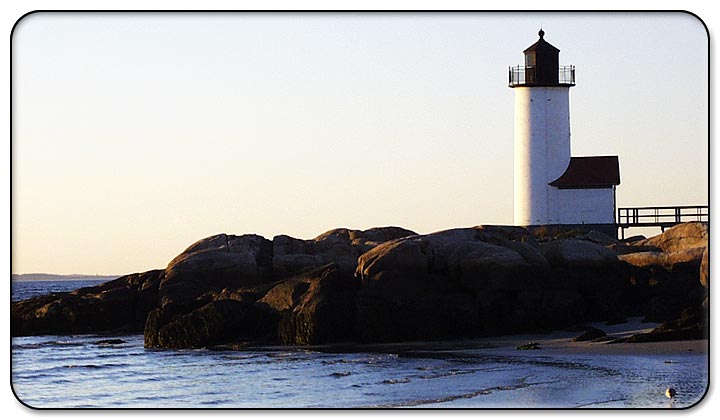 |
|
 |
 |
 |
 |
Web site development begins with planning. Consider the following:
What do you want to accomplish with your Web site?
You probably have several goals. Make a list, noting which objectives are more important and which are secondary. You may be best off by starting with modest goals. The site can later be expanded, or even redesigned, when you want to provide more information or offer additional services.
Who is your target audience?
Will a primary focus of your site be the provision of services to existing customers, or are you more interested in using the site to enlarge your customer base?
How will people find the site?
Web site development is not an if-you-build-it, they-will-come proposition. This point cannot be overemphasized. You may have a superb site, but it will not attract anyone if no one knows it exists. Before a single page is constructed, it's important to figure out how your site is going to be promoted, and what resources will be required to do that. |
A Web site is about content.
A site designer can make the site work technically, and can make the site esthetically pleasing, but, ultimately, you need to decide on the content. You may have existing content—brochures, photographs, printed matter—that can be converted and modified for online use. Or you may wish to create new material for your site.
Site Design
After determining the goals of the site and planning its content, work begins on the site's design—its appearance, the use of graphics, site organization, and site navigation. Organization involves the division of the site's content into sections and possibly subsections. Navigation is the way these sections are linked: the way a site visitor gets from one page in the site to other pages in that site.
After planning, actual site construction begins.
As work proceeds, the pages of your site will be posted online, at a private URL (address), for your review. During construction, the site should be thoroughly tested to be sure it works on different platforms (Mac and PC), with different Web browsers (Internet Explorer, Netscape, Firefox, etc.), and different viewing systems (such as different size monitors). When the site is ready for prime time, it will be moved from its temporary location to the host server, where it can be accessed via its domain name (Internet address). |
 |
|